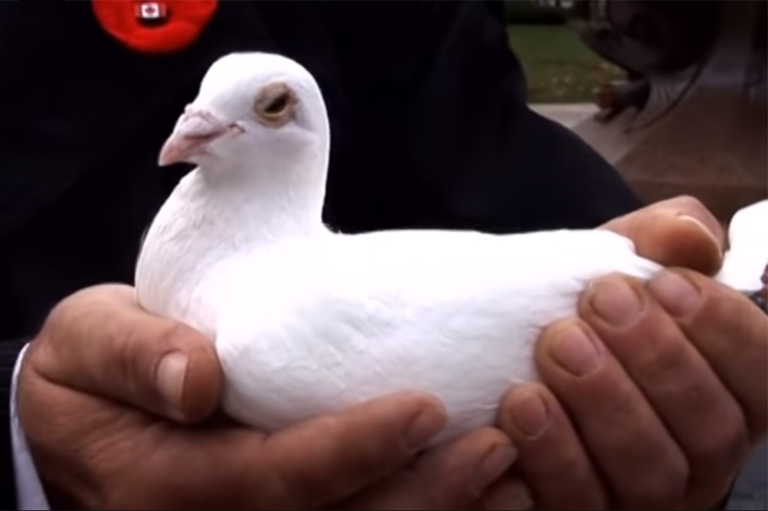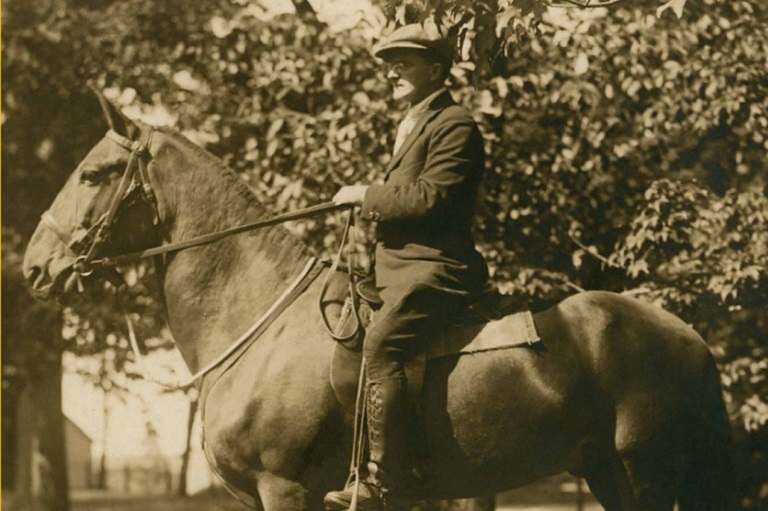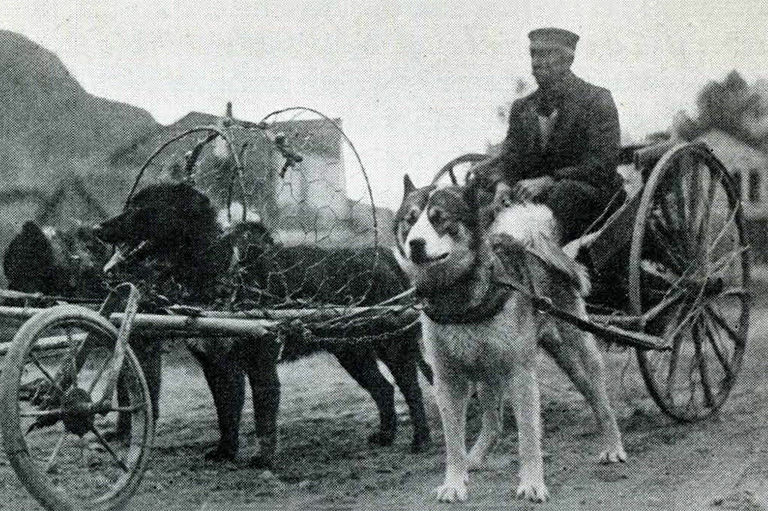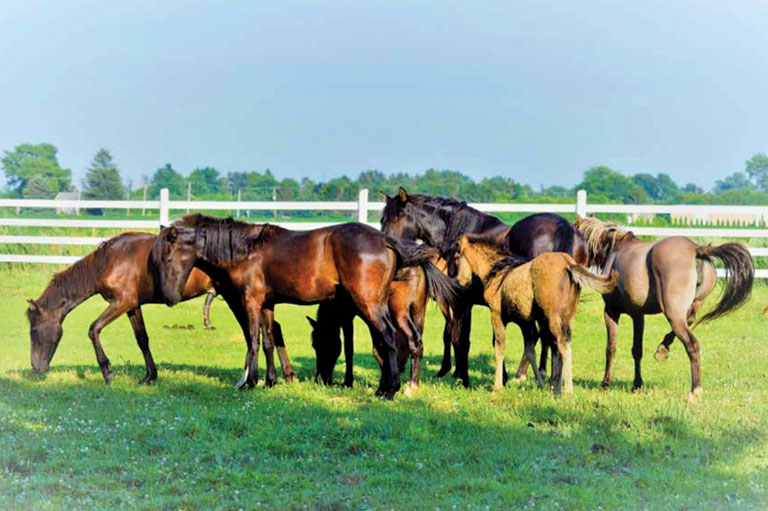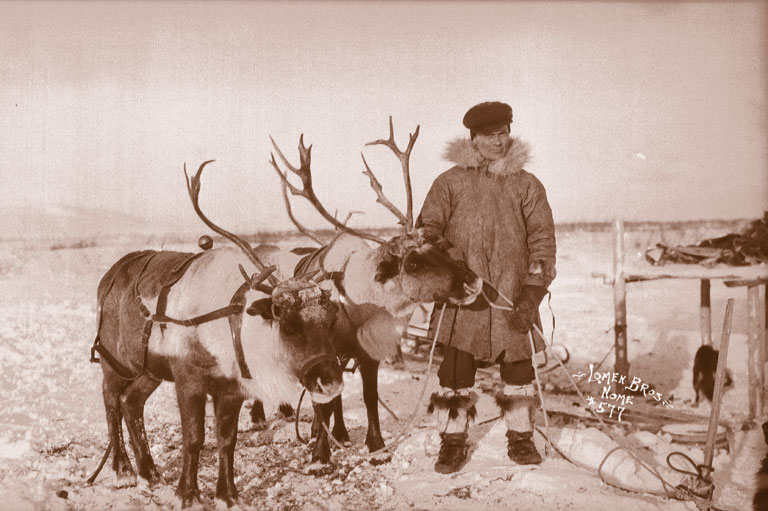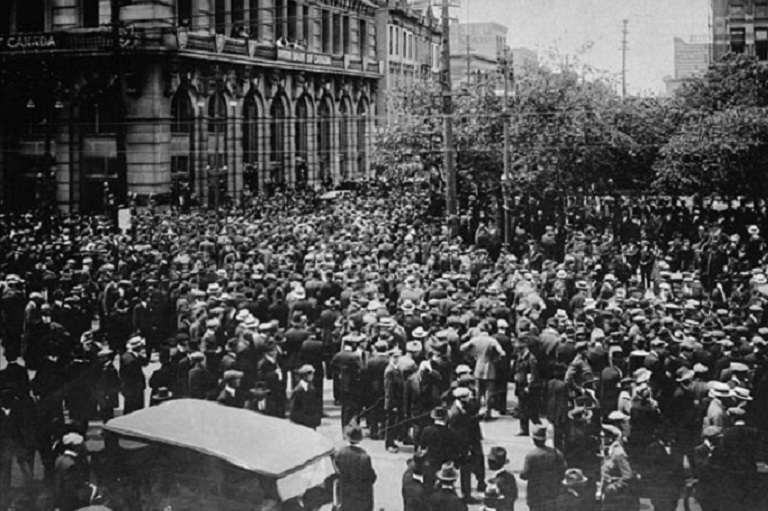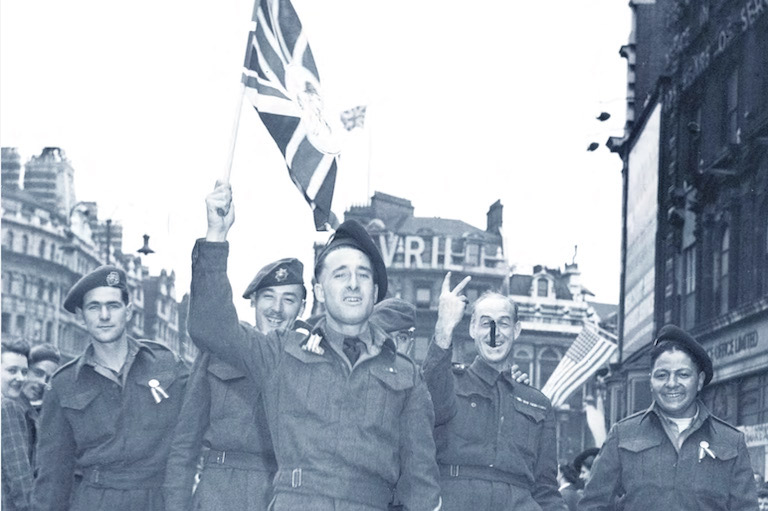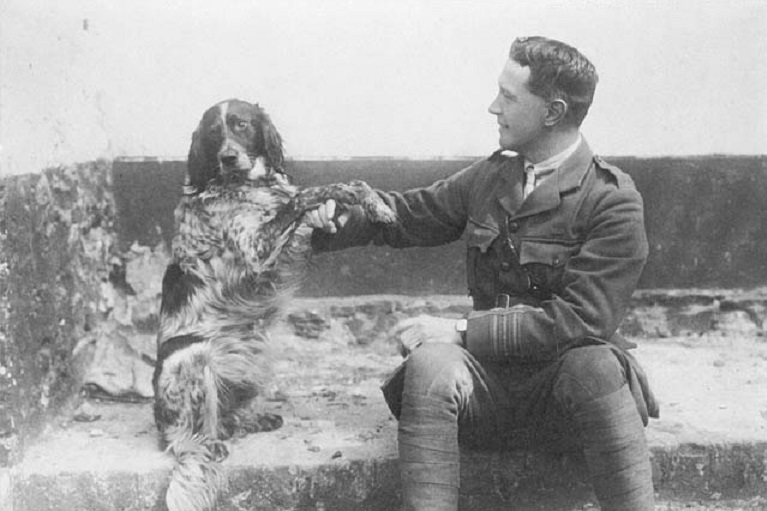All Creatures Great and Small
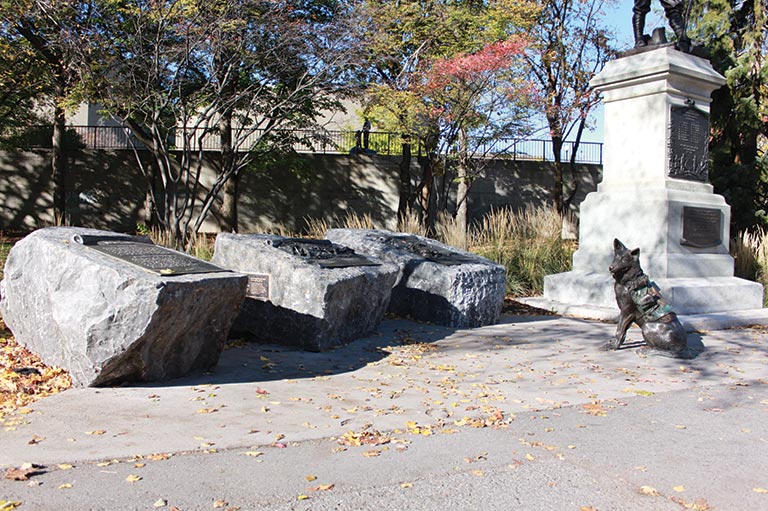
In 1937, Winnipeg teenager Lloyd Swick saw a painting in his school hall. It was a war horse, wounded, terrified during battle yet straining to pull a gun carriage in a muddy First World War battlefield.
The image stayed with him through his 44-year military career in the Second World War, the Korean War and United Nations peacekeeping missions. As a veteran, he knew about military animals, and it fuelled his retirement determination to honour their sacrifices.
Swick pressed his case to the National Capital Commission, bureaucrats, politicians, veterinarians and Laureen Harper, noted animal lover and wife of then-prime minister Stephen Harper. Finally, on Nov. 3, 2012, the Animals in War Dedication memorial was publicly unveiled in downtown Ottawa’s Confederation Park. Among the dignitaries and police bands were Swick (then aged 89) and his collaborator, Wakefield, Que., sculptor David Clendining.
With 7 uniquely curated newsletters to choose from, we have something for everyone.
The installation is a memorial in three parts — one for horses, one for mules and one for dogs — mounted on stone plinths. A stand-alone life-sized bronze statue of a medical-service dog wearing a replica First World War first aid backpack stands guard.
Clendining says the mules were based on photos; for the horses, he went to pastures near his home. But the service dog sculpture “is 90 per cent my old German shepherd, Lucky.”
Each plaque depicts animals in war and provides information about their roles, sacrifices and loyalty: mules that carried gear and ammo; horses that transported troops and field guns; carrier pigeons that delivered messages; and dogs that were sentries, messengers, explosives detectors and medical “mercy dogs.” It was observed that messenger dogs were fair game but “nobody ever shot a Red Cross dog.”
The footprints of dogs, horses and mules are stamped into the concrete surrounding the memorial, representing the footprints they left on the battlefield.
In 2015 the Animal Alliance of Canada brought the Animal Victims of War purple poppy campaign here from the UK. It was created in 2006 in remembrance of all forgotten animals that served during conflicts. While the Royal Canadian Legion red poppy campaign does not endorse the purple poppy, it is not disrespectful to wear both. Especially when visiting the Animals in War Dedication memorial. Unofficial annual gatherings in Victoria and Toronto honour animal victims of war with a purple poppy.
Swick, who died in 2017 at age 94, would approve.
We hope you will help us continue to share fascinating stories about Canada’s past.
We highlight our nation’s diverse past by telling stories that illuminate the people, places, and events that unite us as Canadians, and by making those stories accessible to everyone through our free online content.
Canada’s History is a registered charity that depends on contributions from readers like you to share inspiring and informative stories with students and citizens of all ages — award-winning stories written by Canada’s top historians, authors, journalists, and history enthusiasts.
Any amount helps, or better yet, start a monthly donation today. Your support makes all the difference. Thank you!
Themes associated with this article
Advertisement
You might also like...
Save as much as 40% off the cover price! 4 issues per year as low as $29.95. Available in print and digital. Tariff-exempt!

